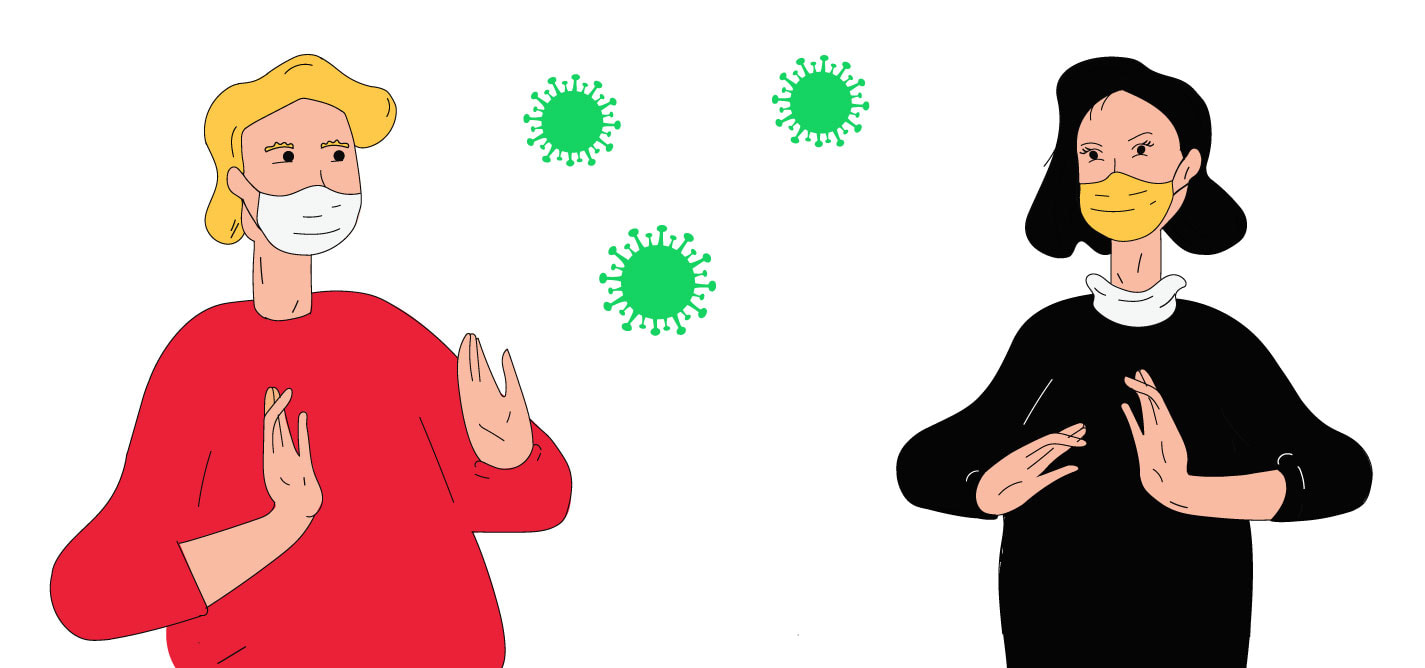
How much do you know about COVID-19?
The latest virus information, and how to keep yourself and others safe.
|05.08.2020
|
Think you may have COVID-19?
Studies have shown that wearing a mask can mean you are up to 65% better protected from the virus.
You have no idea if you are infected or not, so wearing your mask might help save somebody else’s life.
The scientific evidence suggests that virus transmission is much more likely to occur inside than outside.
For the foreseeable future, we all have to learn to live alongside the virus as safely as possible.
COVID-19 Symptoms:

Jack Butcher
Jack Butcher is K2.0’s former deputy chief editor. He is currently working as a freelance journalist and editor, covering mainly social issues. He has written for a number of international publications, including The Guardian and The Observer newspapers in the UK and Hinterlands magazine in Germany.
This story was originally written in English.